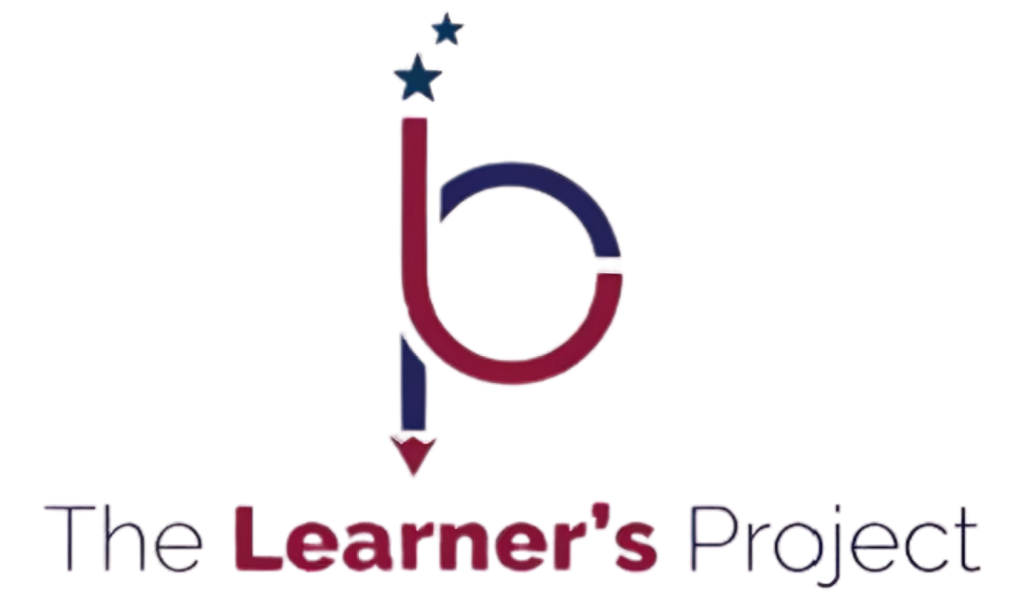Topic 2 involves understanding the core elements of a safe, respectful, and inclusive learning community.
Topic 2 Overview: A positive classroom culture, characterized by safety, respect, and inclusivity, fosters student engagement, motivation, and well-being, leading to better academic and social-emotional outcomes. Key elements include building trust and strong relationships, establishing clear expectations and procedures, ensuring equitable access and diverse perspectives in the curriculum, promoting student voice and collaboration, and creating a sense of belonging through supportive teacher-student and peer relationships.
Core Elements of a Safe, Respectful, and Inclusive Learning Community
Safety and Trust:
A foundation where students feel secure to express themselves and take risks without fear of judgment or reprisal. This is built through trusting relationships between students and teachers, and among peers.
Respect:
High standards for respectful interactions are modeled by the teacher and expected from students. This includes using respectful language and valuing each student’s contributions.
Inclusivity: Efforts to ensure that all students, regardless of their background, feel valued, supported, and have equal opportunities to participate and succeed. This involves incorporating diverse perspectives in the curriculum and making the learning environment physically and intellectually accessible.
Positive Relationships: Strong and supportive relationships among students and between students and the teacher are crucial for a positive culture.
Clear Expectations and Procedures: Establishing clear guidelines helps students understand how to behave and interact within the classroom, creating a structured and predictable environment.
Student Engagement and Motivation: A positive culture encourages students to be actively involved in their learning, fostering their motivation and interest.
Sense of Belonging: Creating a classroom community where every student feels connected and like they are a valuable part of the group.
How Positive Culture Powers Learning
Enhanced Academic Performance: Students who feel safe and connected to their school environment often show improved academic results.
Improved Social-Emotional Skills: Students develop essential social-emotional skills, such as empathy, responsible decision-making, and goal setting.
Better Student Well-being: A positive culture reduces disruptive behaviors, mental health issues, and disengagement, contributing to overall student well-being.
Flourishing Cognitive Abilities: When students feel comfortable and safe, their cognitive abilities, such as expression and problem-solving, can flourish…
Please review the video “The Power of a Positive Classroom Culture” for more insight into the power of positive classroom culture.

